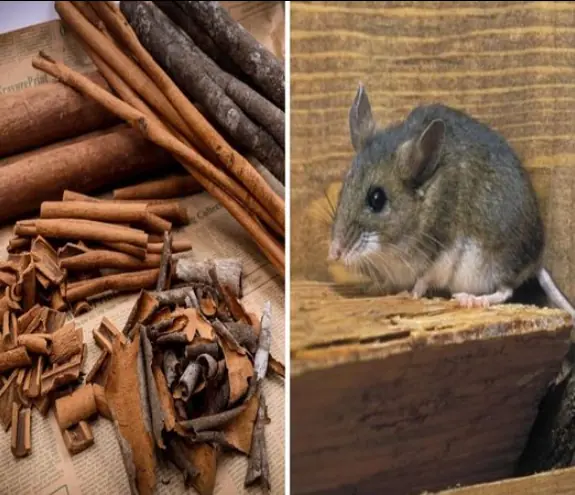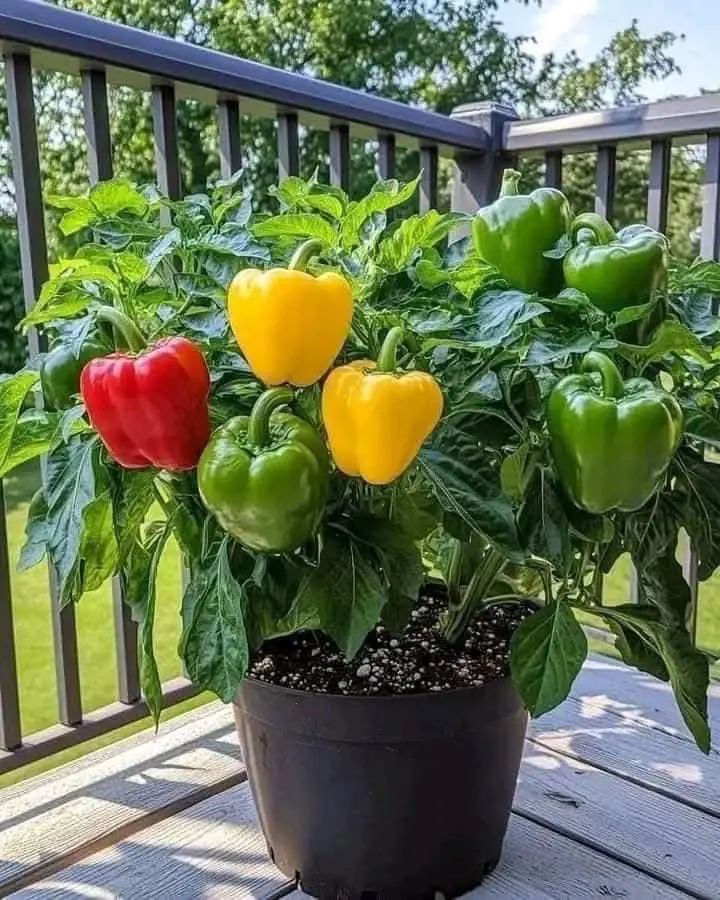
How To Grow Strawberries From Seed

How to Grow Strawberries from Seed: A Step-by-Step Guide
Strawberries are one of the most rewarding fruits to grow in your garden. Their bright red berries are not only delicious but also packed with nutrients. While most people buy strawberry plants or runners to start their gardens, growing strawberries from seed can be a fun and rewarding challenge. In this article, we’ll guide you through the process of growing strawberries from seed, from planting to harvesting.
Why Grow Strawberries from Seed?
Growing strawberries from seed might seem like a long process, but it offers several benefits:
-
Variety: When you grow strawberries from seed, you have access to a wide variety of strawberry cultivars, including rare or unique types that may not be readily available as plants.
-
Cost-Effective: Strawberry seeds are often much cheaper than buying mature plants or runners.
-
Satisfaction: There’s a sense of accomplishment that comes from nurturing plants from seed to harvest, and the resulting fruit tastes even better when you’ve grown it yourself.
What You Need to Get Started
Before you start, gather the following materials:
-
Strawberry seeds: You can find many types of strawberry seeds online or at garden stores. Look for varieties suited to your growing zone and environment.
-
Seed starting trays or pots: These will allow you to start your seeds indoors, providing the best environment for germination.
-
Seed-starting mix: A light, well-draining soil mix that is designed specifically for seed starting.
-
Plastic wrap or a humidity dome: This will help keep the environment humid, which is essential for germination.
-
Grow lights or a sunny window: Strawberries need a lot of light to germinate and grow well.
-
Watering can or spray bottle: To keep the soil moist without over-watering.
Step 1: Stratify the Seeds (Cold Treatment)
Strawberry seeds are unique in that they require a period of cold stratification before they will germinate. This mimics winter conditions and helps break down the seed’s dormancy, encouraging sprouting. Here’s how to stratify your strawberry seeds:
1. Prepare the Seeds: Take your strawberry seeds and place them in a small container.
2. Add Moisture: Mix the seeds with a little damp (not soaking wet) sand or peat moss. You can also use a moist paper towel. The goal is to keep the seeds moist, but not waterlogged.
3. Refrigerate: Place the container in the refrigerator for about 2-4 weeks. Check every few days to make sure the seeds are still moist and not drying out.
After the stratification period, your seeds will be ready to plant!
Step 2: Plant the Seeds
Once the seeds have been stratified, it’s time to plant them. Here’s how:
1. Prepare Your Planting Containers: Fill seed-starting trays or small pots with seed-starting mix. Make sure the container has drainage holes to allow excess water to escape.
2. Sow the Seeds: Strawberry seeds are very small, so gently sprinkle them evenly on the surface of the soil. Do not bury the seeds, as they need light to germinate.
3. Cover with Plastic: Lightly mist the seeds with a spray bottle to moisten the surface, then cover the container with plastic wrap or place it under a humidity dome. This will help maintain the moisture level and create a greenhouse effect.
4. Place in a Warm, Bright Spot: Strawberries need warmth and light to germinate. Place the containers in a warm spot, ideally around 60-70°F (15-21°C). You can also use grow lights if you don’t have a bright enough window.
Step 3: Germination Process
Strawberry seeds typically take anywhere from 7 to 30 days to germinate. During this time:
-
Keep the Soil Moist: Make sure the soil stays moist but not soggy. Water gently using a spray bottle to avoid disturbing the seeds.
-
Provide Light: If you're using grow lights, make sure they’re on for about 12-16 hours a day. If you’re using natural light, place the pots in a bright, sunny window.
-
Be Patient: Germination can take time, and some seeds may take longer than others to sprout. Don’t be discouraged if you don’t see immediate results.
Step 4: Transplanting Seedlings
Once your strawberry seeds have sprouted and the seedlings have developed a few sets of leaves, it’s time to transplant them into larger containers or directly into the garden.
1. Harden Off the Seedlings: Before moving your seedlings outdoors, you need to harden them off to help them adjust to the outdoor conditions. Start by placing them outside in a shaded area for a few hours each day, gradually increasing the amount of sunlight and time spent outdoors over a week.
2. Transplant Into Larger Pots or Garden: If you’re growing your strawberries in containers, transplant them into bigger pots with good drainage. If you’re planting them directly in the garden, choose a spot with well-drained soil and full sunlight. Space your strawberry plants about 12-18 inches apart to allow room for growth.
Step 5: Caring for Your Strawberry Plants
Once your strawberries are established, they will need regular care to thrive:
-
Watering: Keep the soil consistently moist, especially during the growing season. Avoid over-watering as this can lead to root rot.
-
Fertilizing: Use a balanced, slow-release fertilizer or compost to feed your plants. Fertilize every 4-6 weeks during the growing season.
-
Pruning: Trim off any runners or dead leaves to encourage strong, healthy plants.
-
Mulching: Adding mulch around your strawberry plants helps retain moisture, prevent weeds, and regulate soil temperature.
Step 6: Enjoy Your Harvest
After about 4-6 months, your strawberry plants should begin producing fruit! The first batch of strawberries will often be the smallest, but with each new season, the plants will produce larger, more abundant fruits.
Conclusion
Growing strawberries from seed can be a fun and rewarding project for gardeners of all levels. By following the steps above - stratifying the seeds, planting them correctly, and providing proper care - you can grow a bounty of delicious strawberries right in your own backyard. With patience and attention to detail, you’ll be able to enjoy the sweet taste of homegrown strawberries that are truly satisfying. Happy gardening!
News in the same category

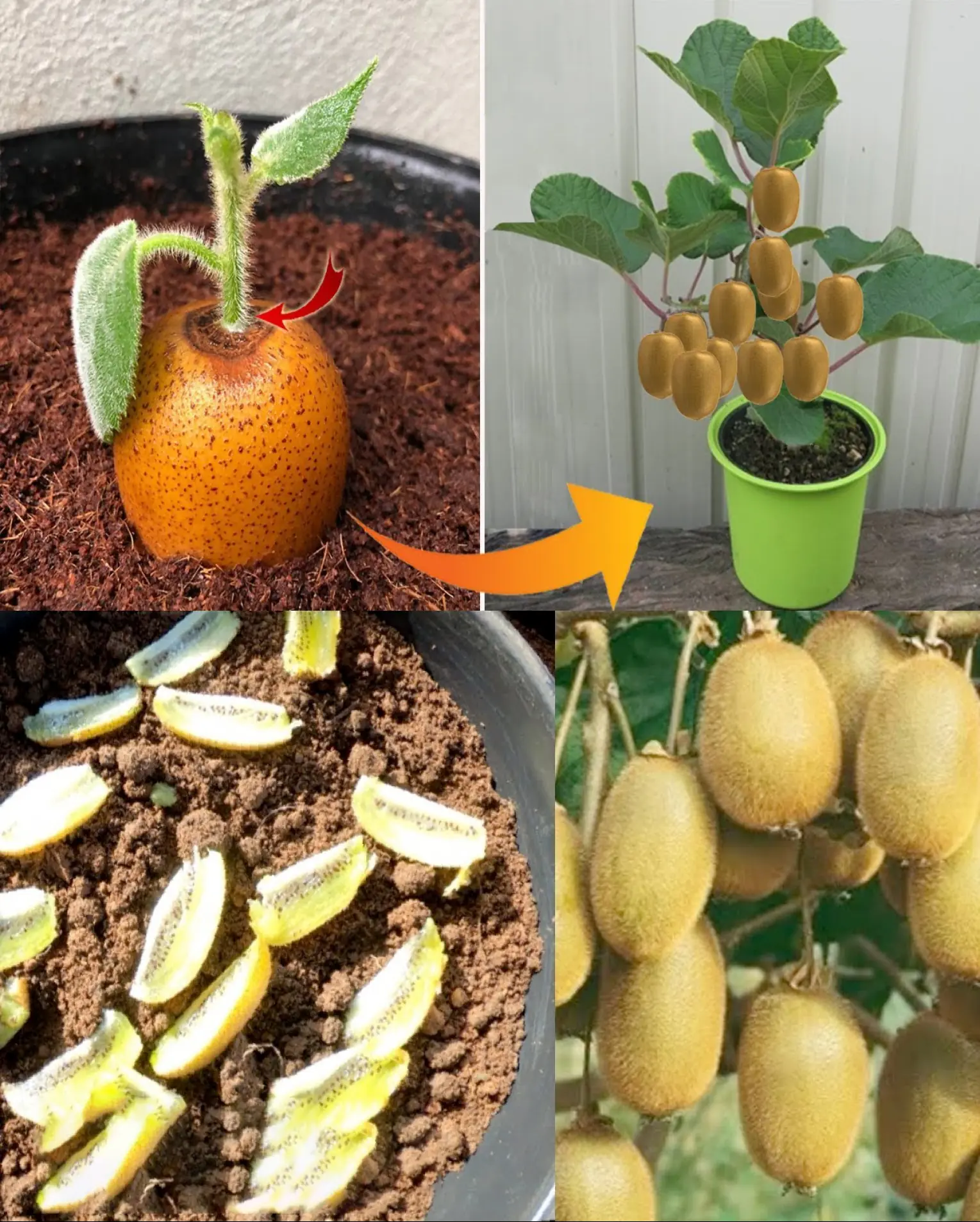
How to Grow Kiwi in Containers at Home
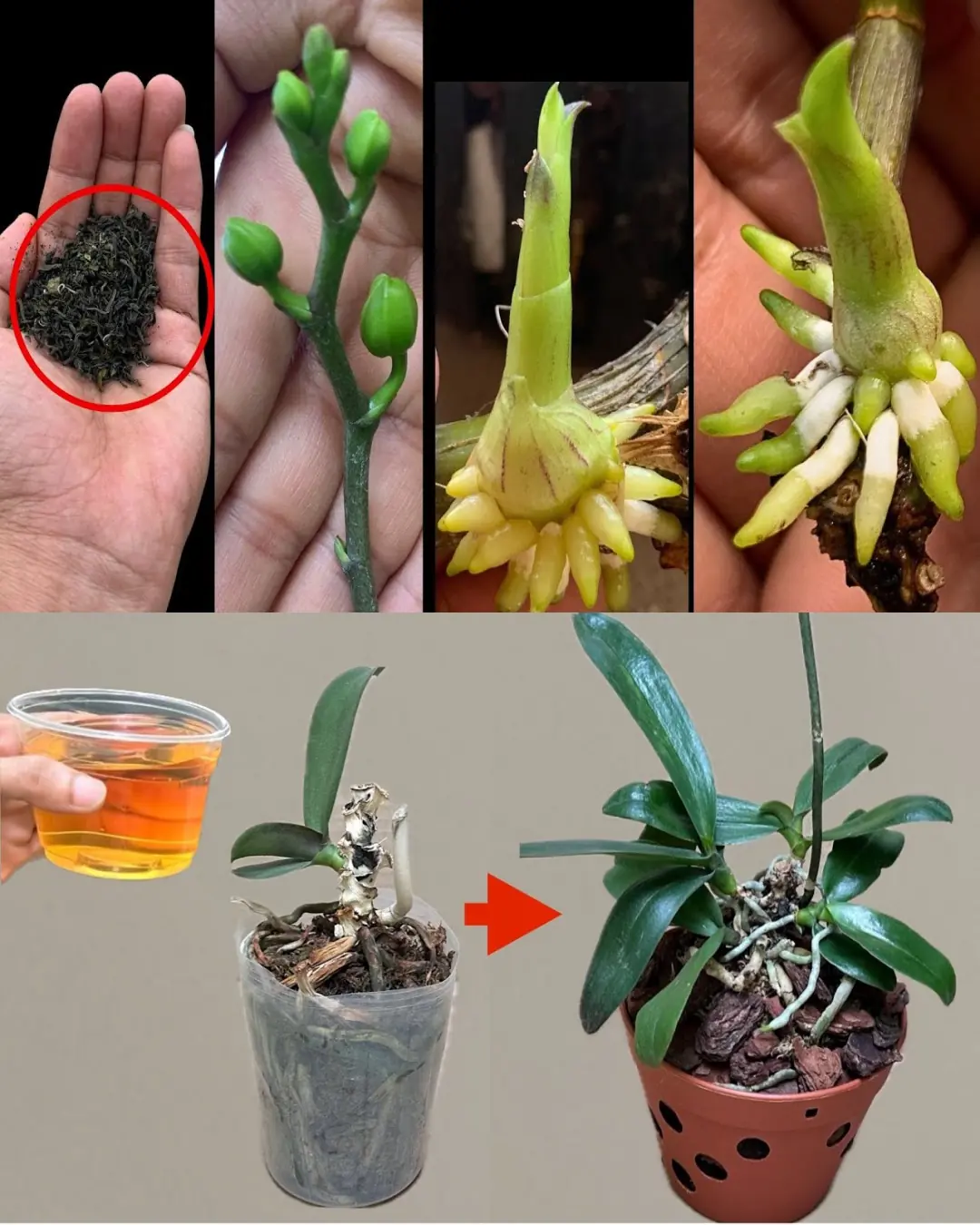
Revitalizing Orchids Using Tea: A Comprehensive Guide with Handy Tips
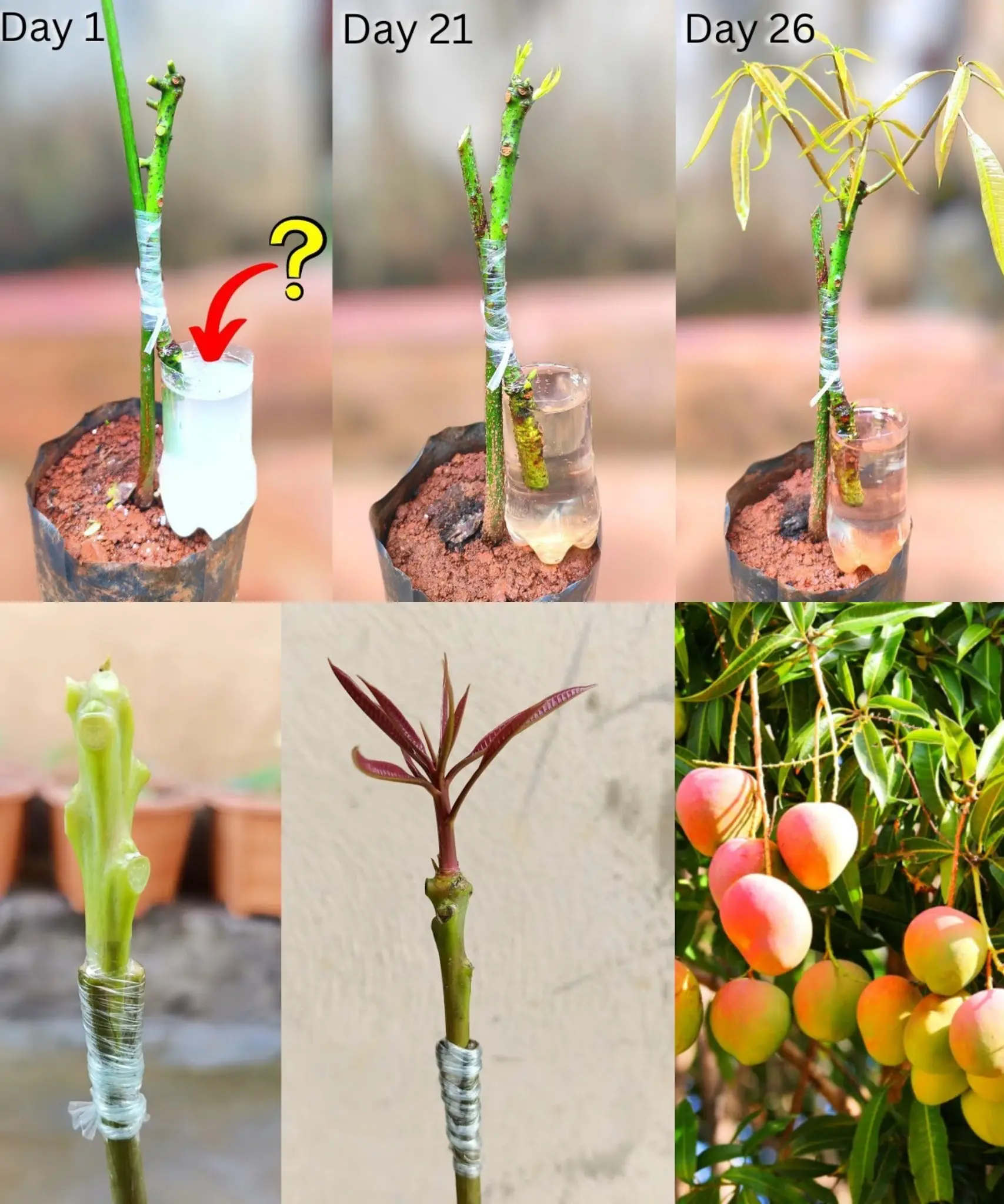
How to Plant a Mango Seed and Successfully Grow
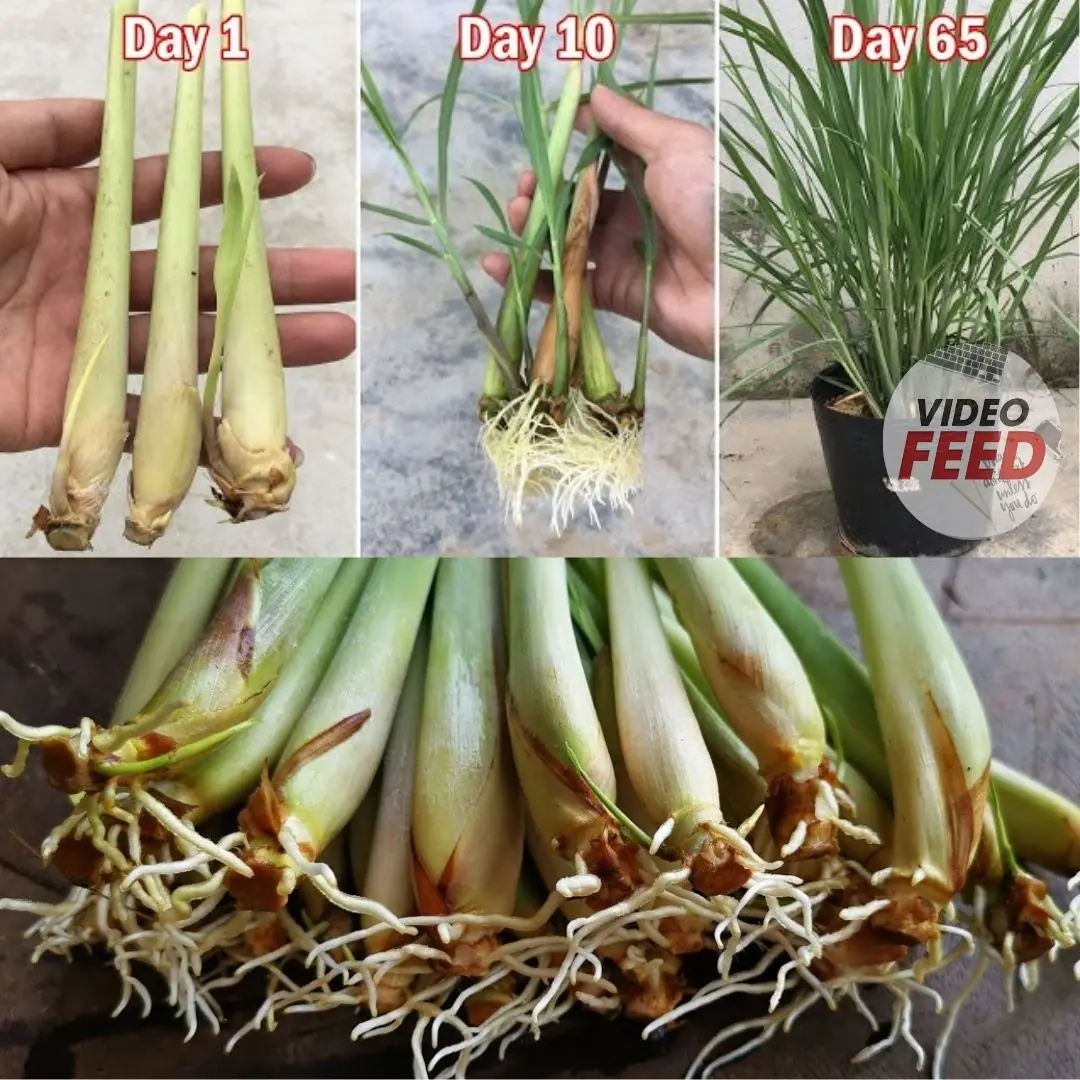
Secrets to growing lemongrass at home – easy to do, suitable for beginners
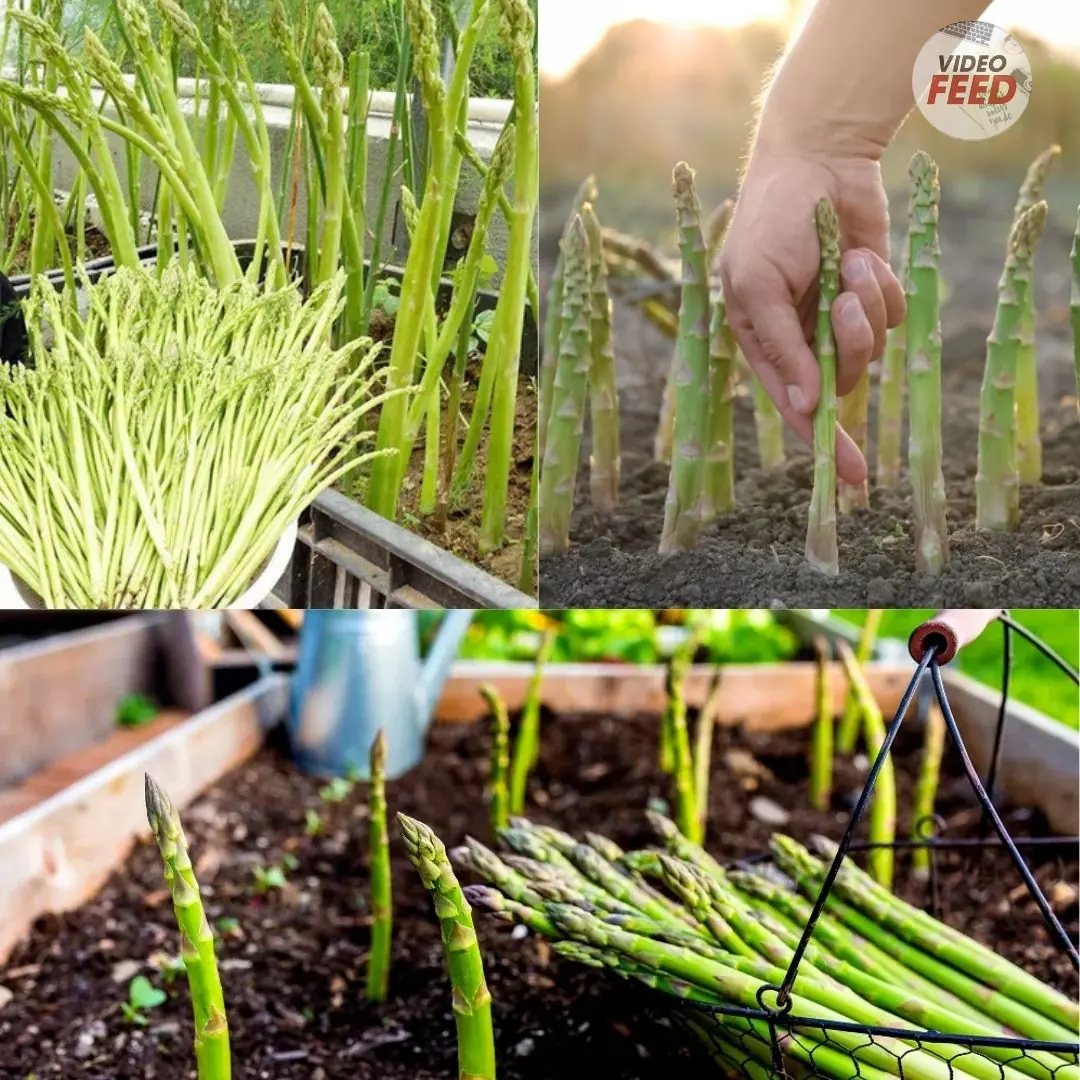
Grow Your Own Asparagus Plants
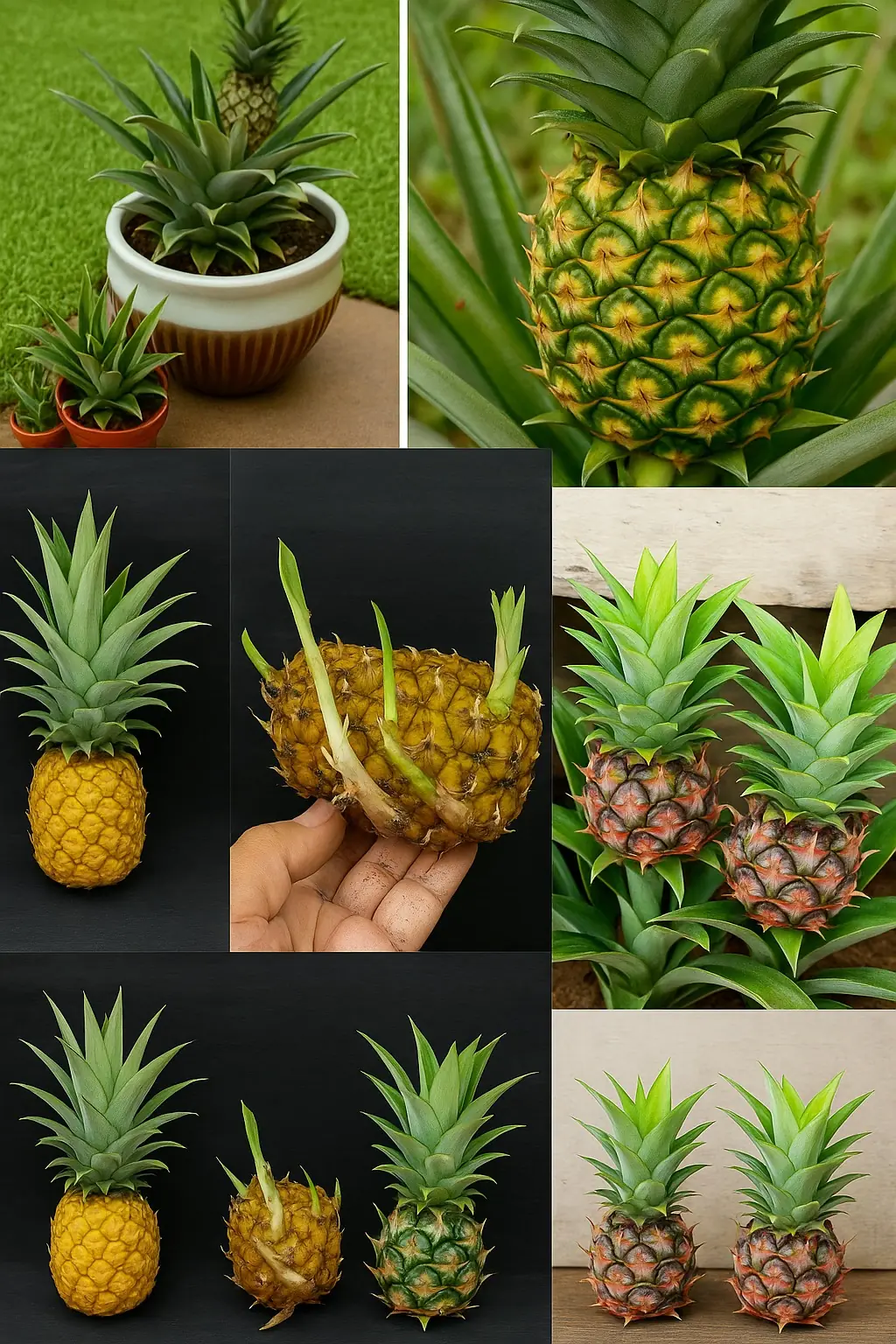
How to Grow a Pineapple at Home: Simple and Fast
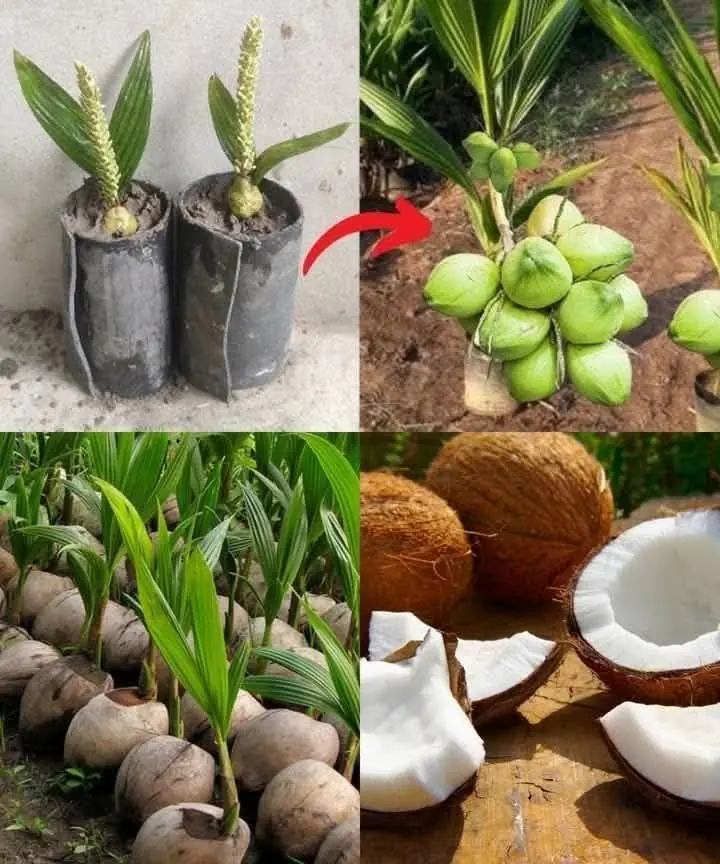
How To Grow Coconut Tree From Coconut Fruit
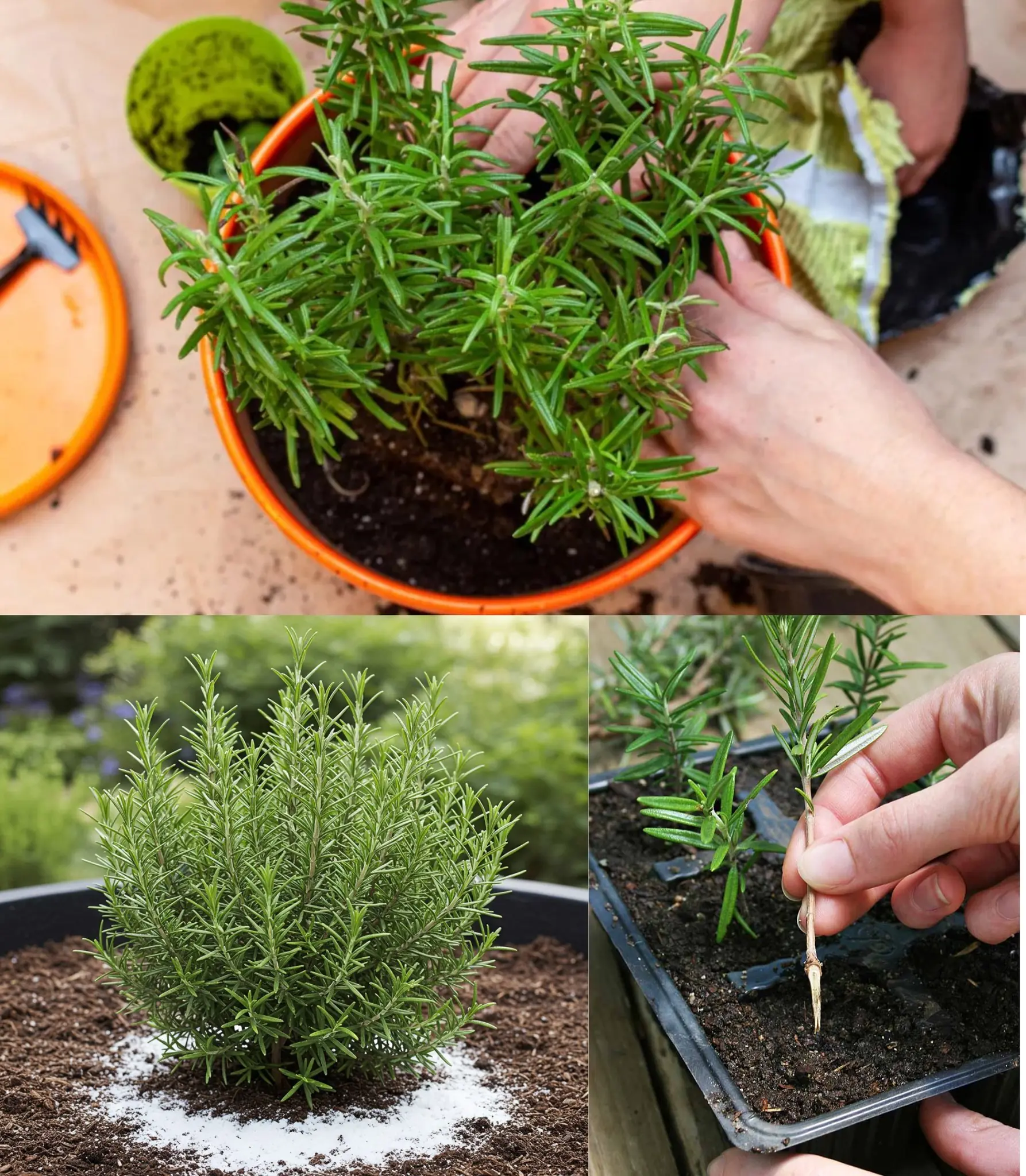
Rosemary Never Dries Again – Here’s the Gardener’s Trick!
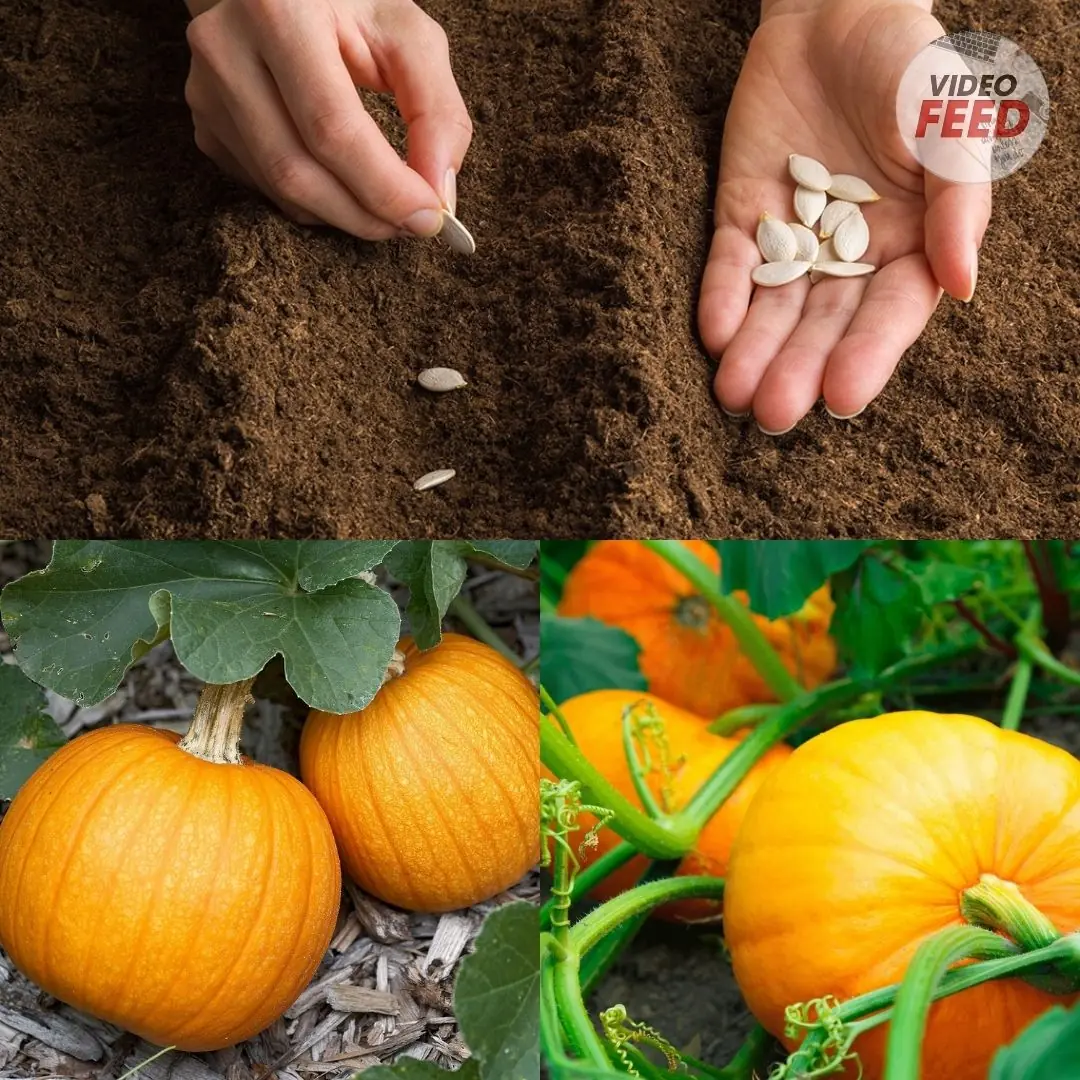
How to Grow Pumpkins in Your Home Garden
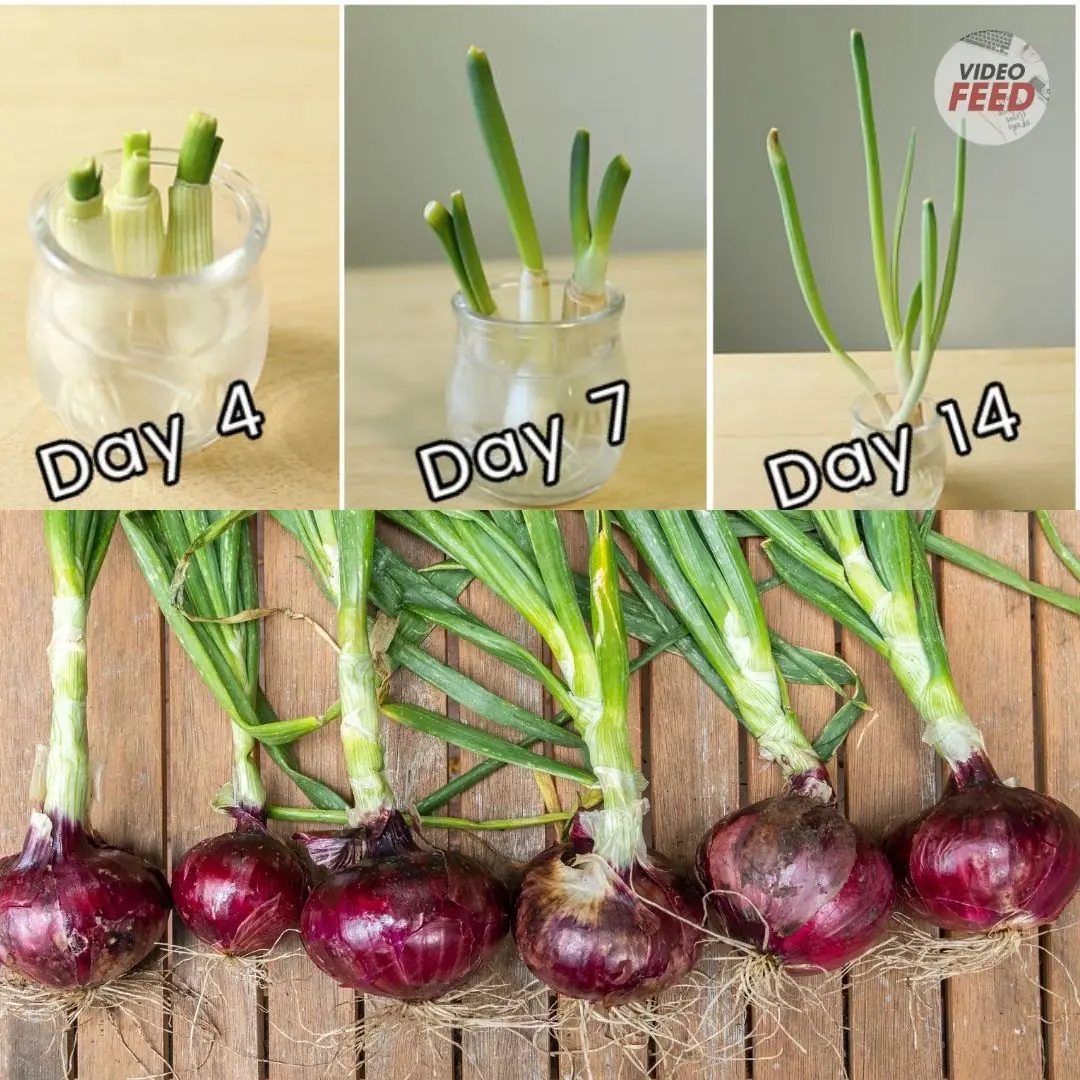
How to Grow and Care for Red Onions in the Garden
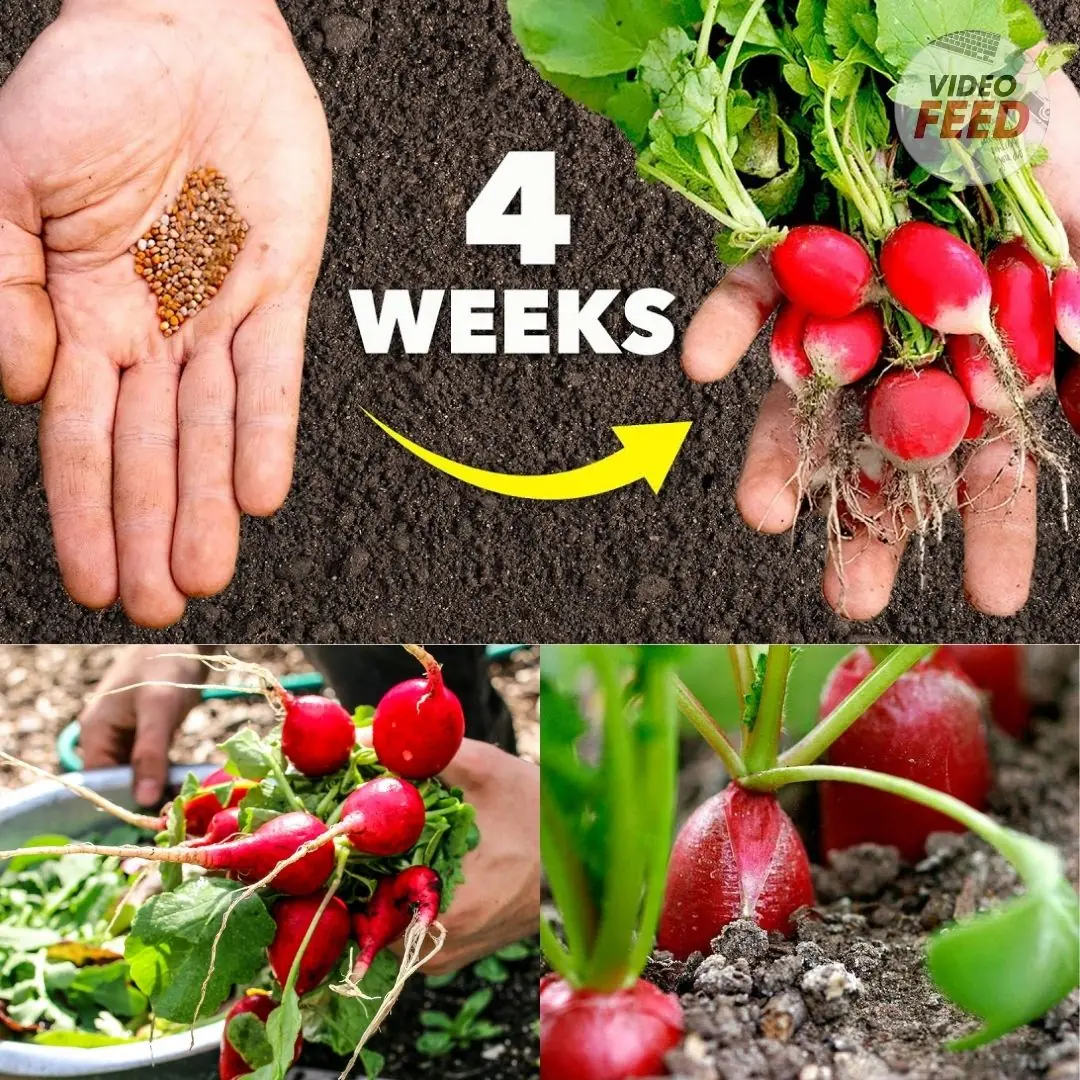
6 Easy Steps to Plant Radish Seeds in an Organic Kitchen Garden
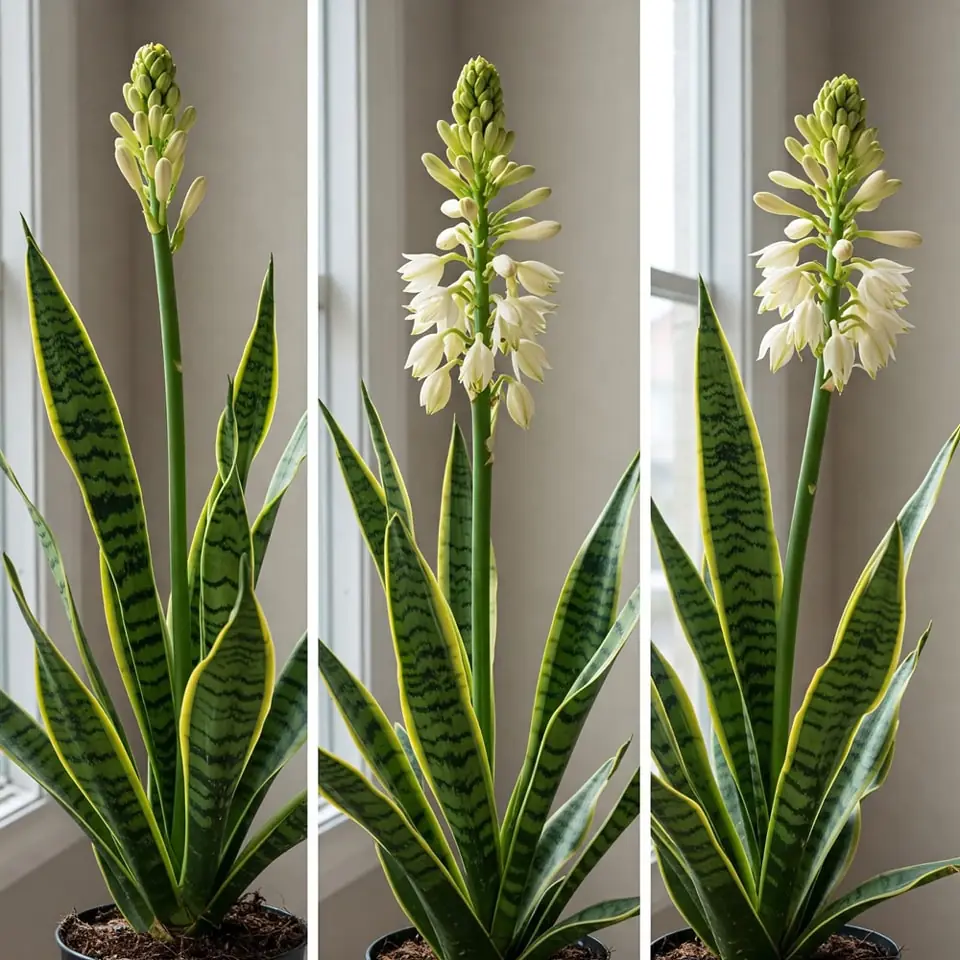
Snake Plants and Their Rare Blooming Phenomenon: A Guide to Encouraging Flowers
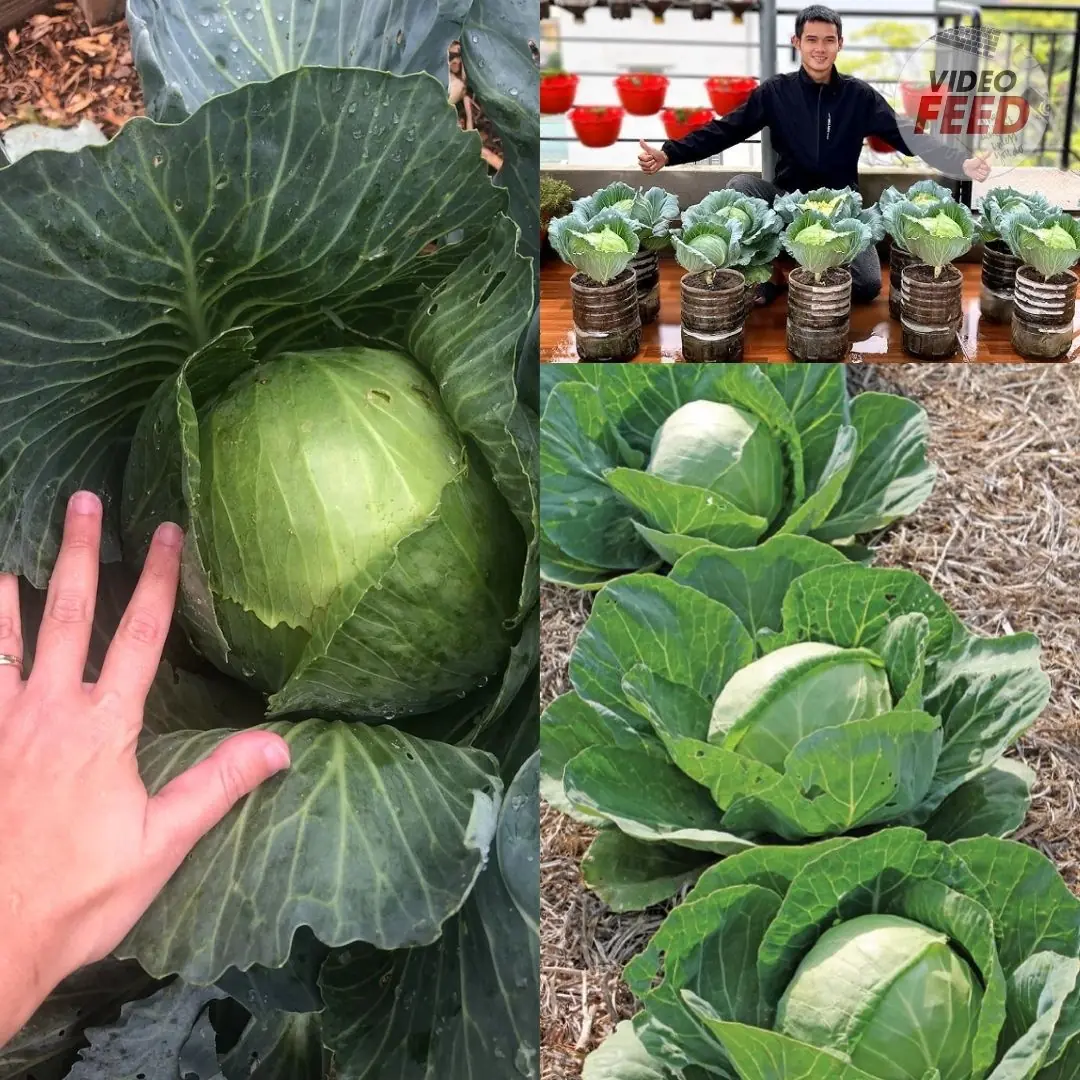
How to Grow Cabbage: 10 Tips for a Successful Harvest
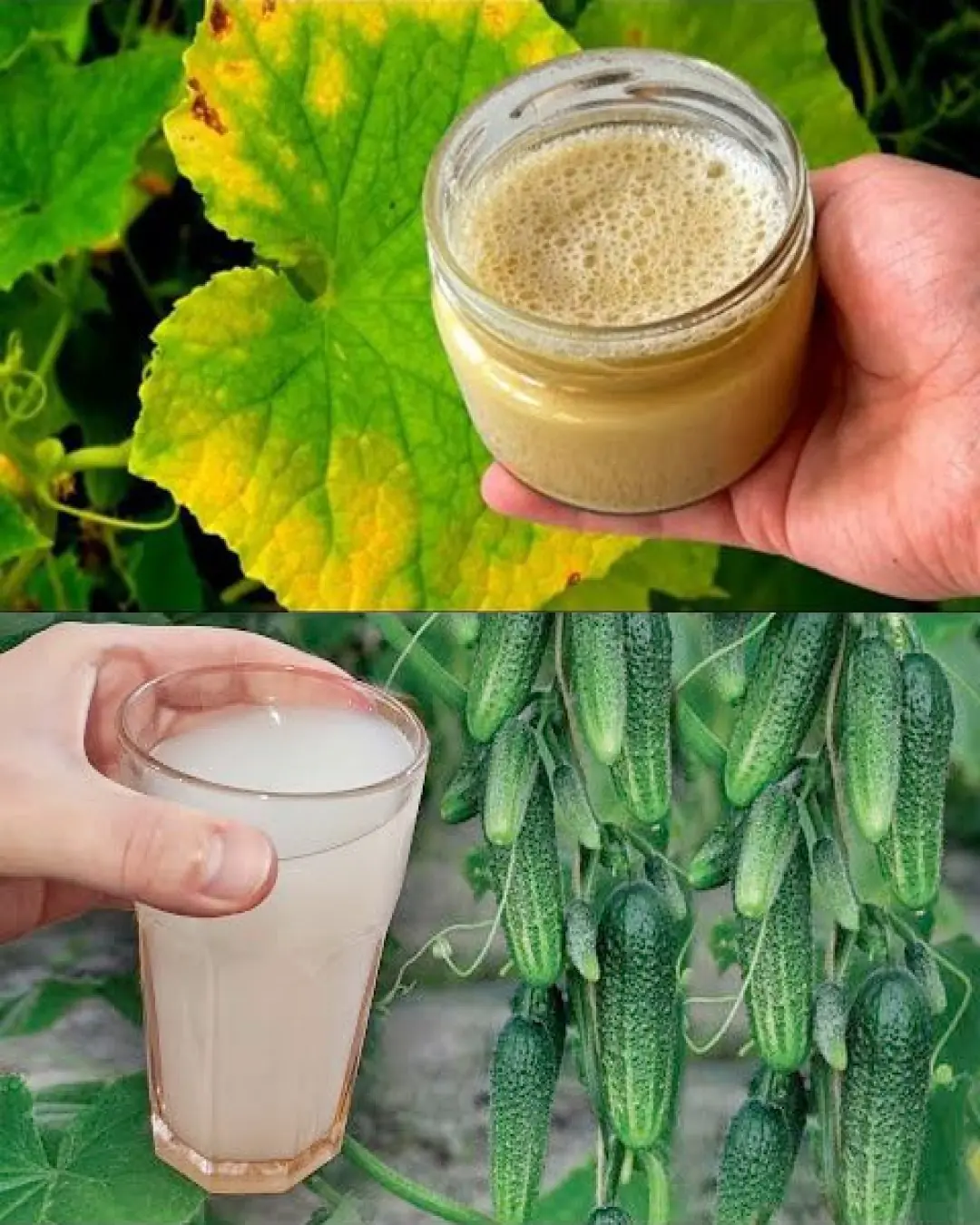
The Power of Yeast: A Natural Booster for Growing Tomatoes, Peppers, and Cucumbers
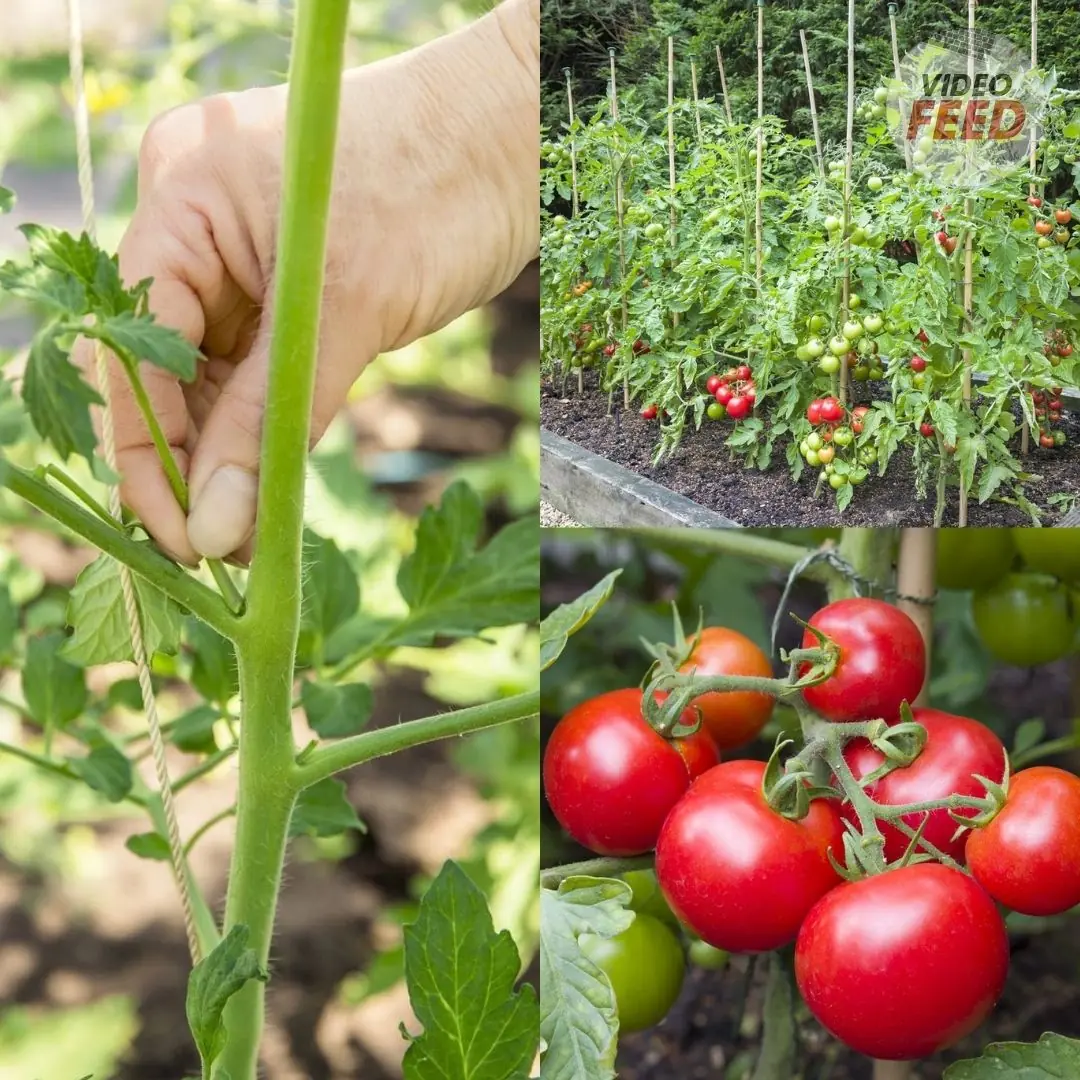
The 8 Biggest Tomato Growing Mistakes, According to Experts
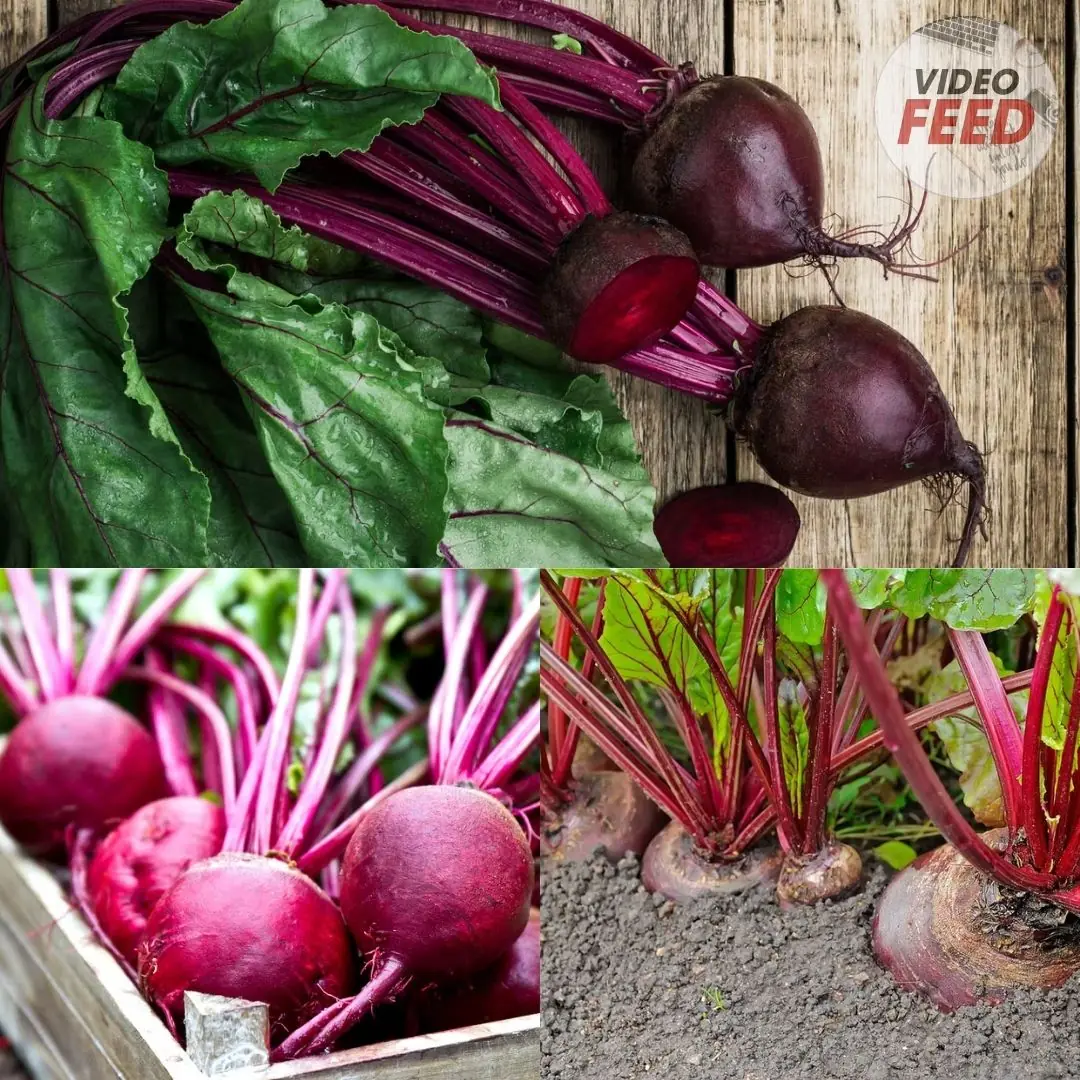
How to Grow Beets This Fall for a Hearty Autumn Harvest
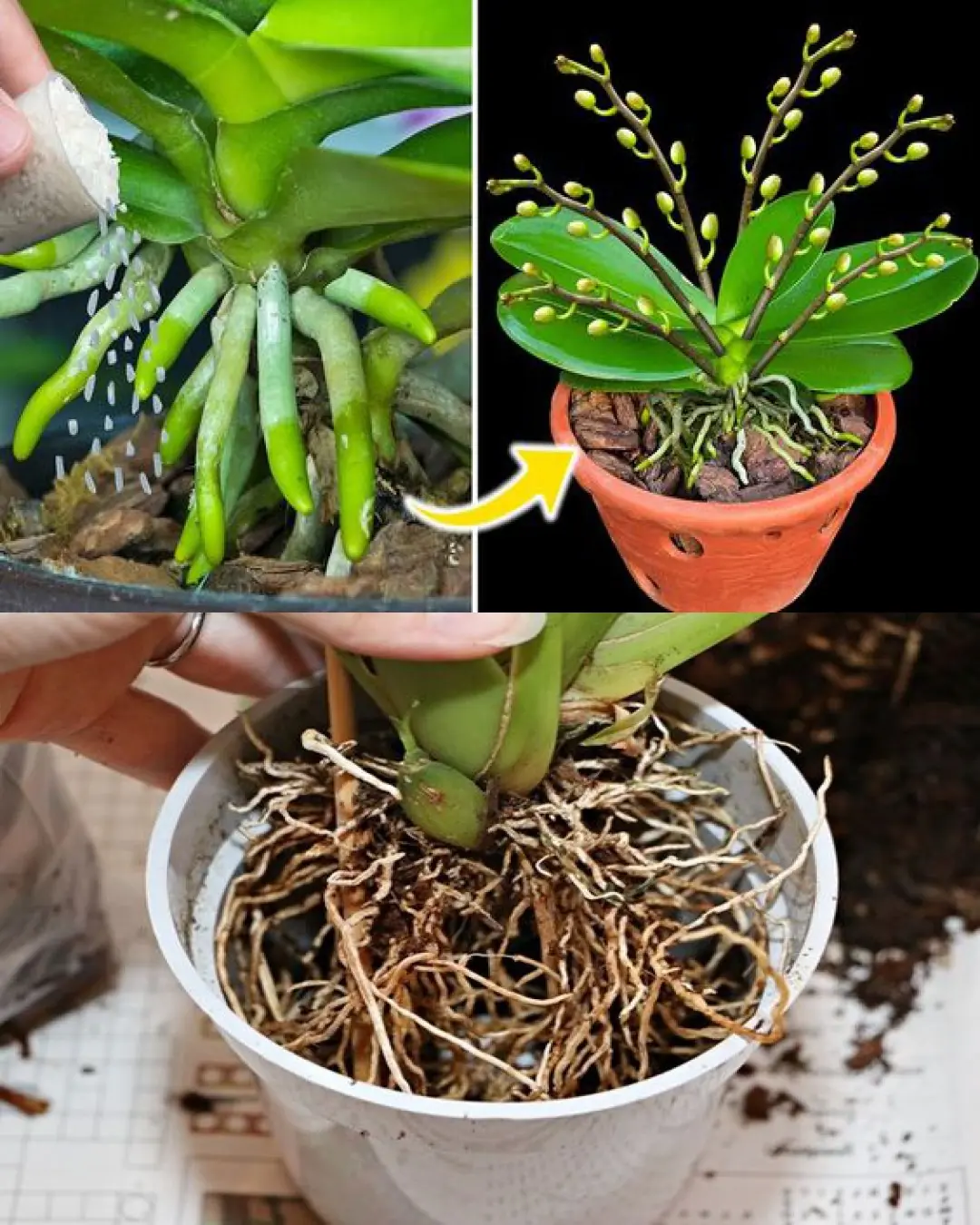
Deciphering Orchid Roots: Reasons They Extend Beyond Pots and Recommended Actions
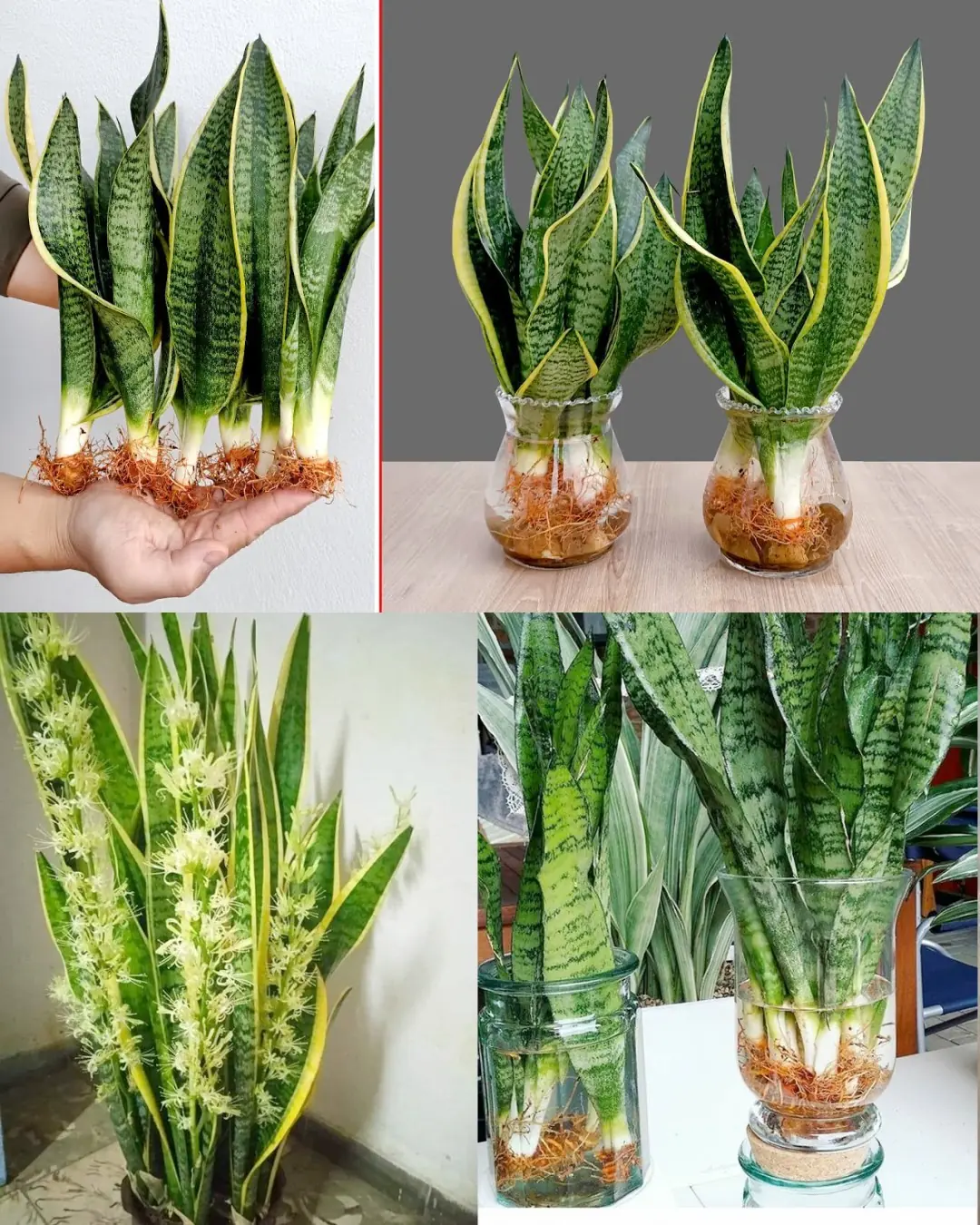
How to Multiply Your Sansevieria Quickly: From One Plant to a Thriving Collection
News Post

6 eating habits that silently destroy your health

Diabetics are ‘very afraid’ of a spice that is abundant in the market: American experts say it is ‘as good as prescription drugs’

7 “Golden” Summer Vegetables: Fresh, Chemical-Free, and Worth Eating Every Day

Rub Ginger on the Soles of Your Feet Before Bed, and You’ll Experience Its “Miraculous” Health Benefits

When Installing an Air Conditioner, Avoid These 4 Spots to Protect Your Family’s Health

10 Tips for Growing a Big Pepper Harvest

How to Grow Kiwi in Containers at Home

What happens to your body if you drink orange juice every day?

Revitalizing Orchids Using Tea: A Comprehensive Guide with Handy Tips
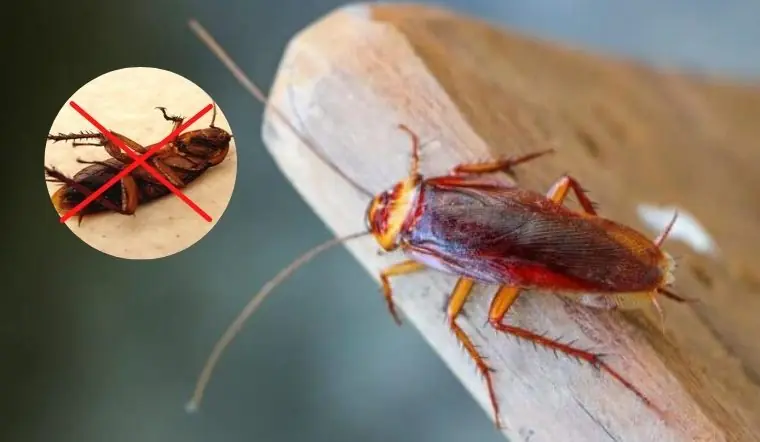
4 effective ways to ensure your home is free of cockroaches
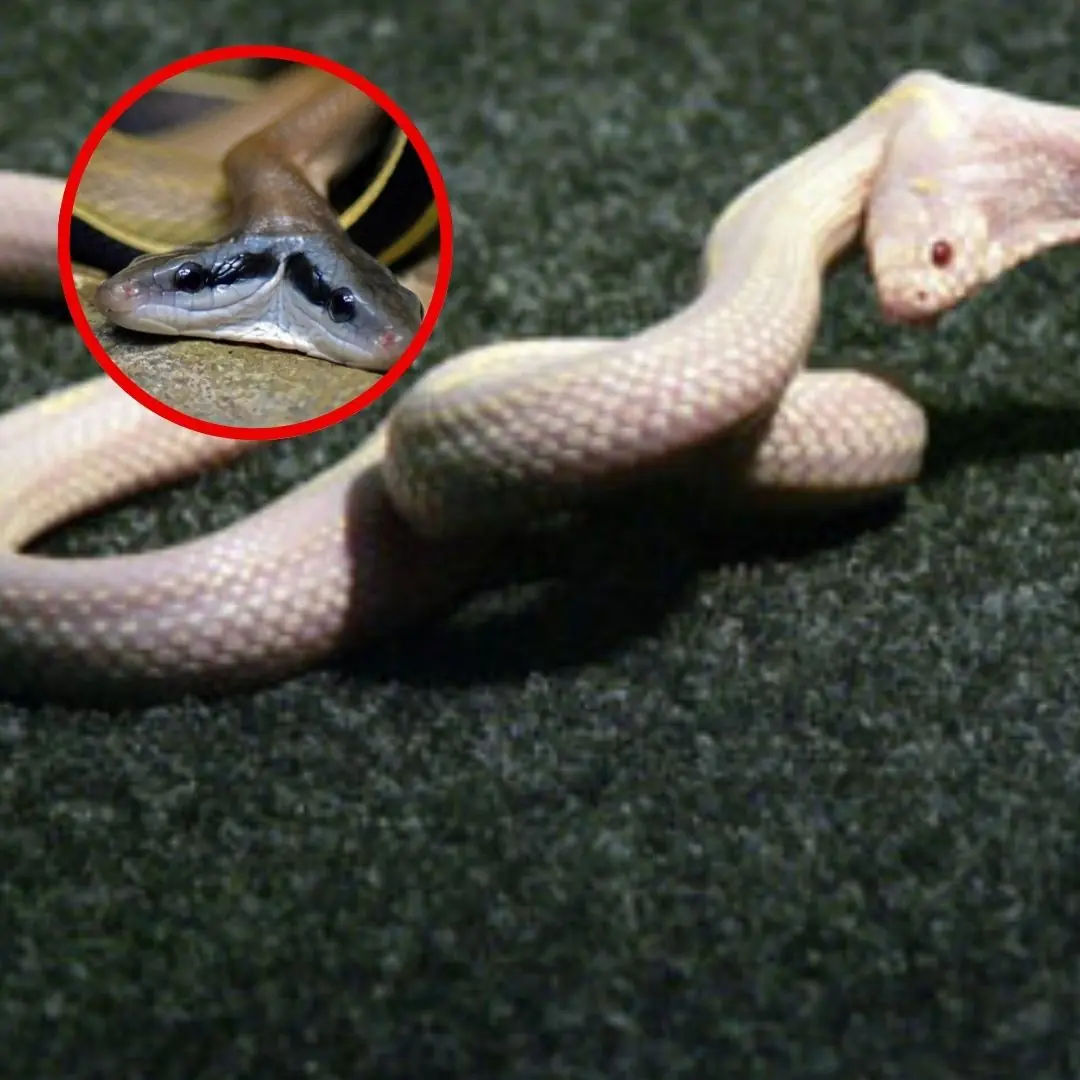
Are two-headed snakes real? Why does this phenomenon occur?

A cup of hot water can offer many health benefits
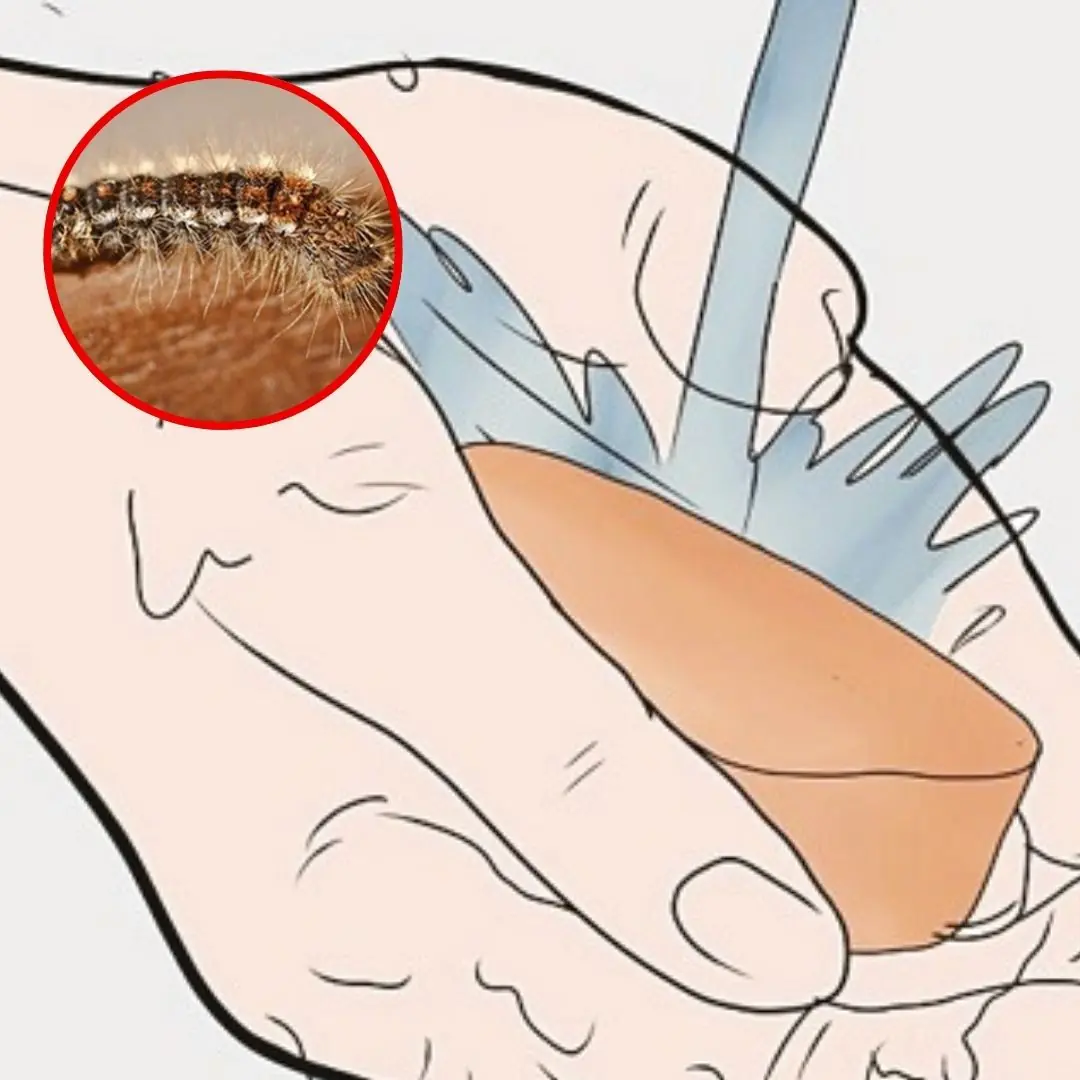
Caterpillar on you: 5 simple steps to treat at home

Otitis media – the “hidden culprit” causing vestibular disorders that many people ignore

Don't drink water before bed but still urinate at night, beware of these 3 diseases

How to Plant a Mango Seed and Successfully Grow

Secrets to growing lemongrass at home – easy to do, suitable for beginners

4 changes in fingers that could be signs of lung can.cer

Grow Your Own Asparagus Plants
